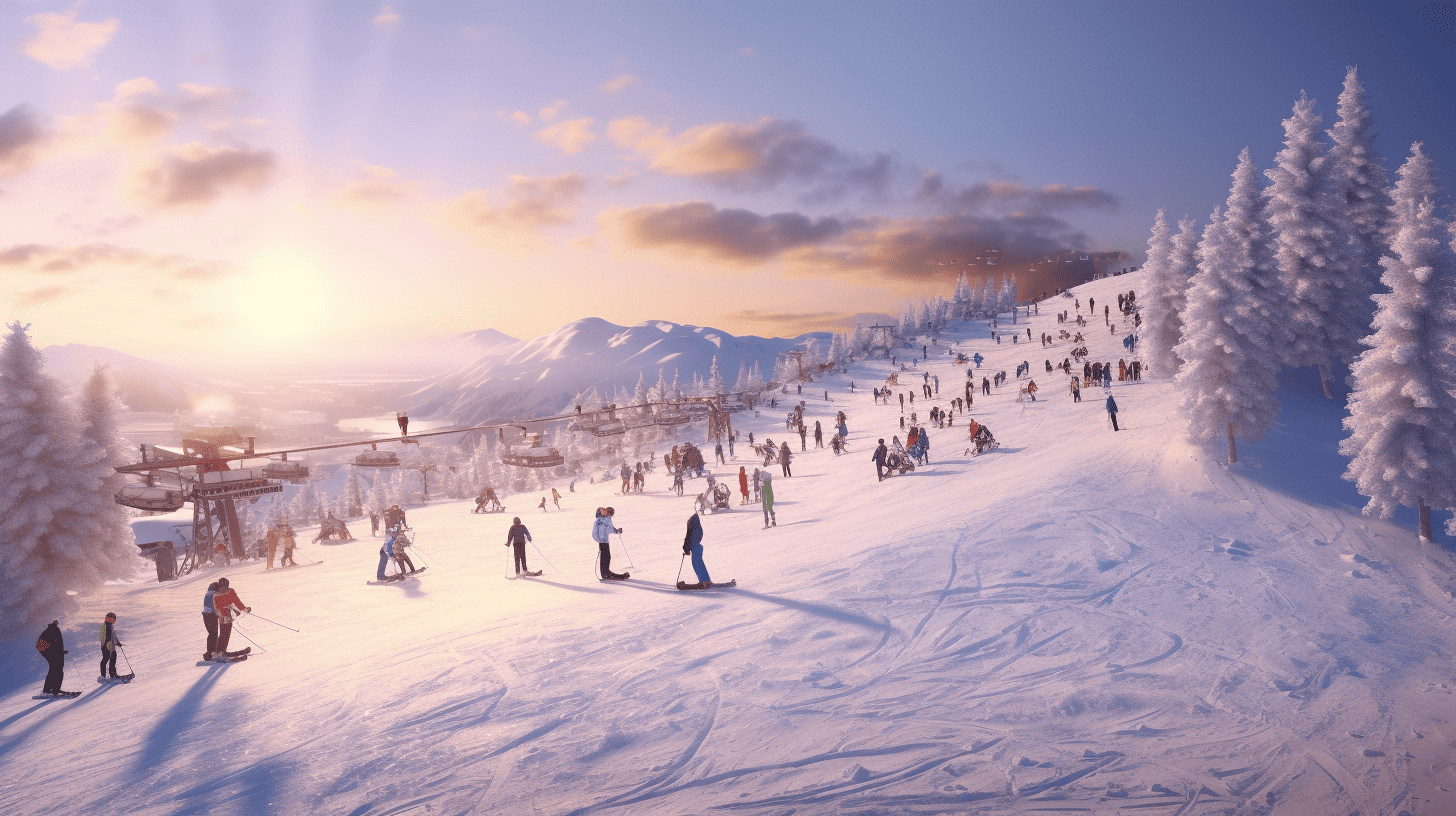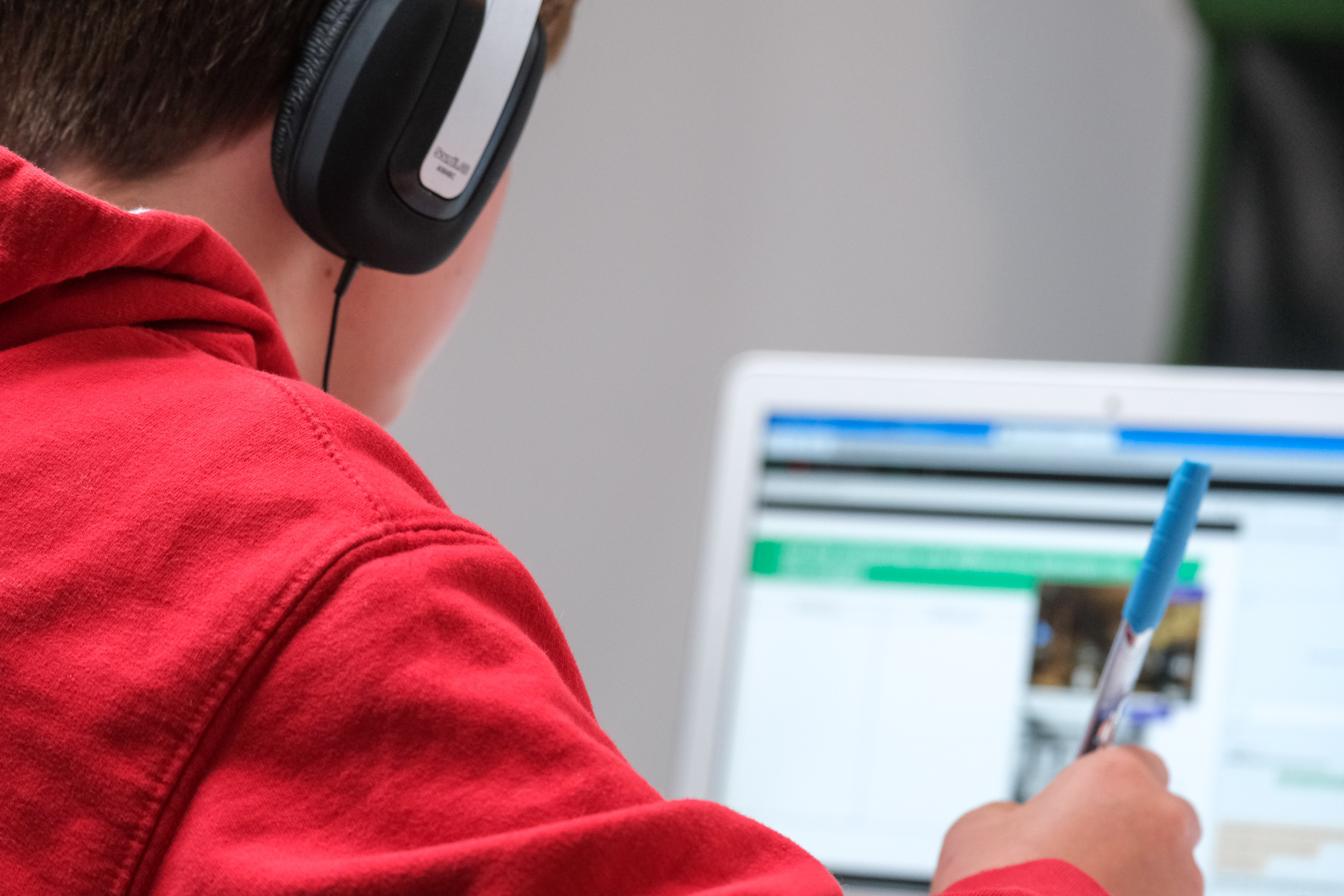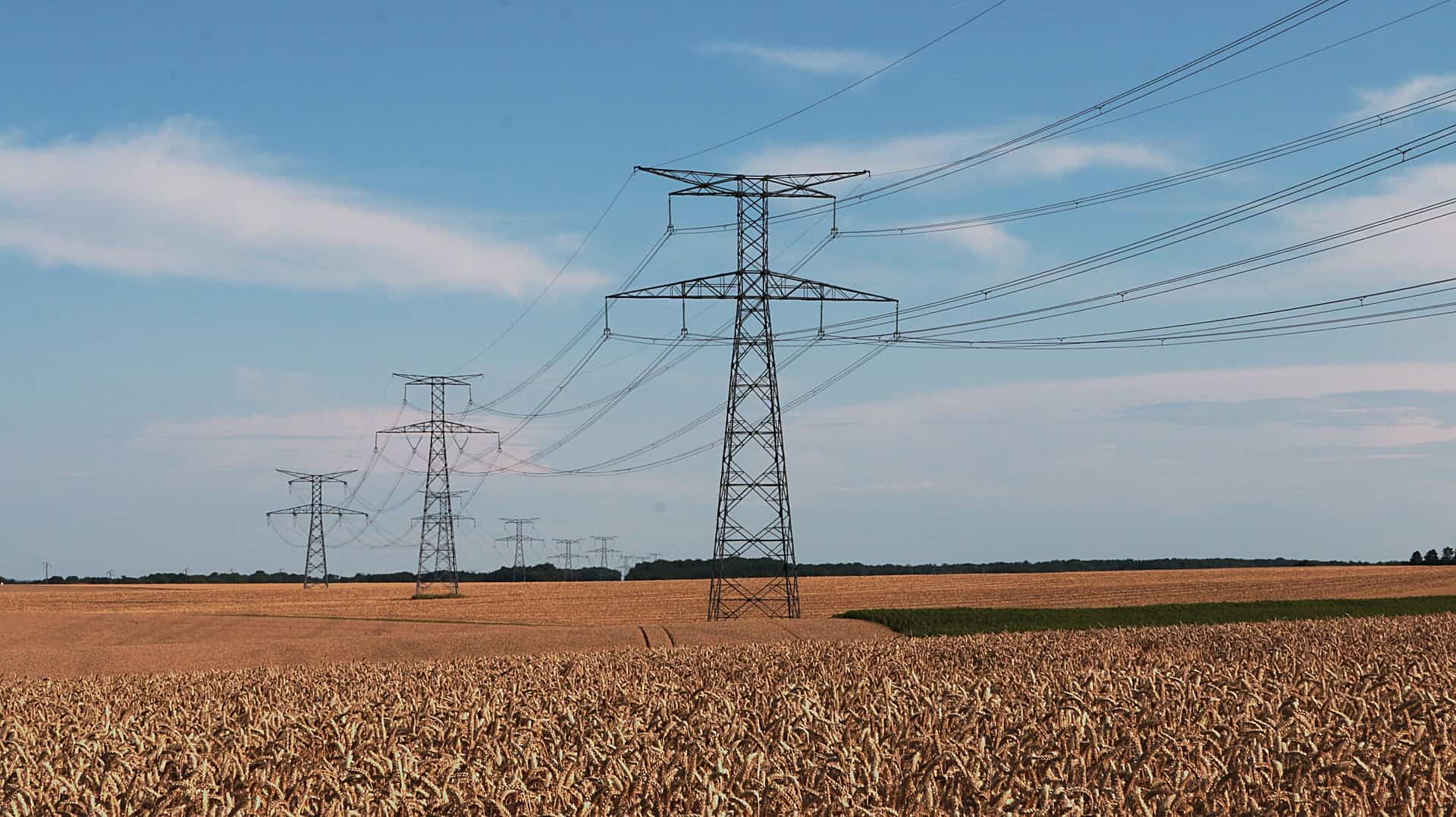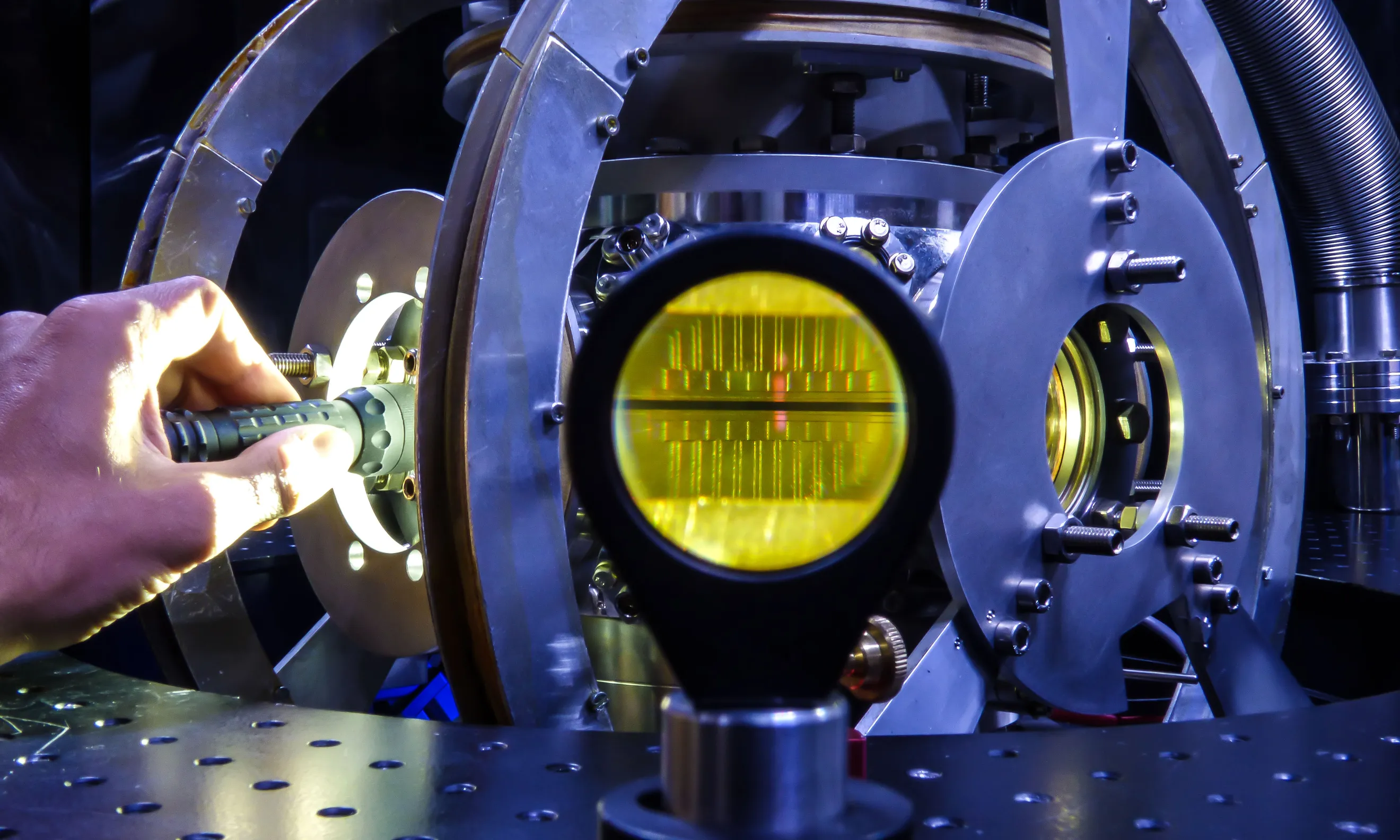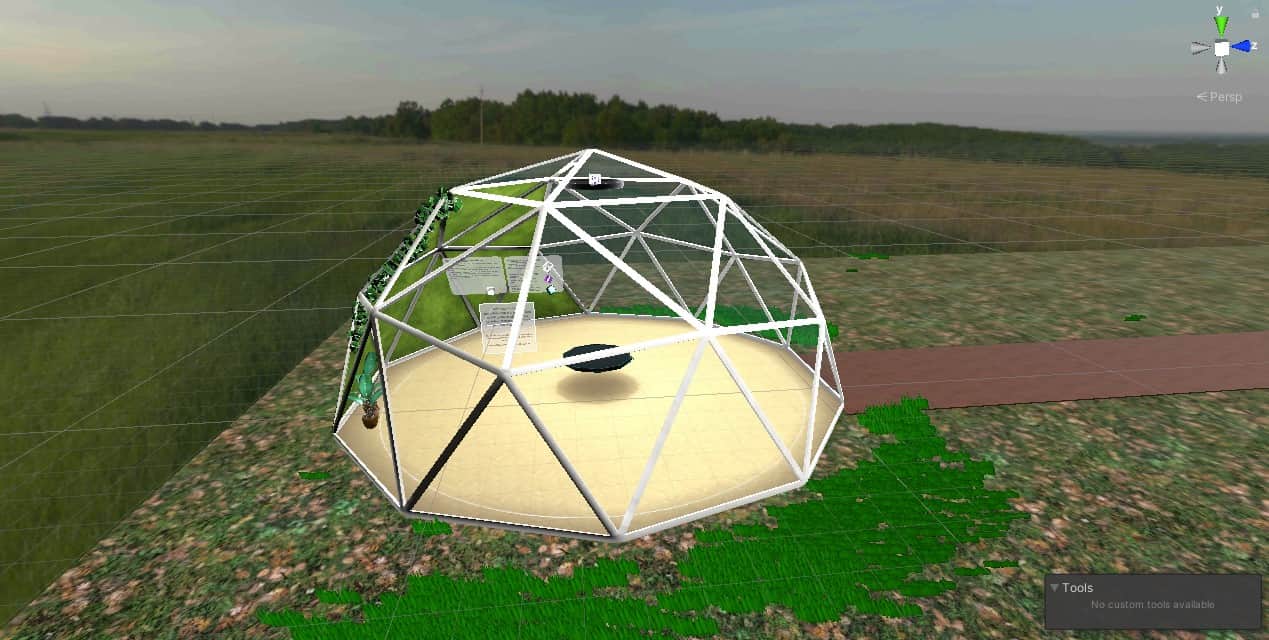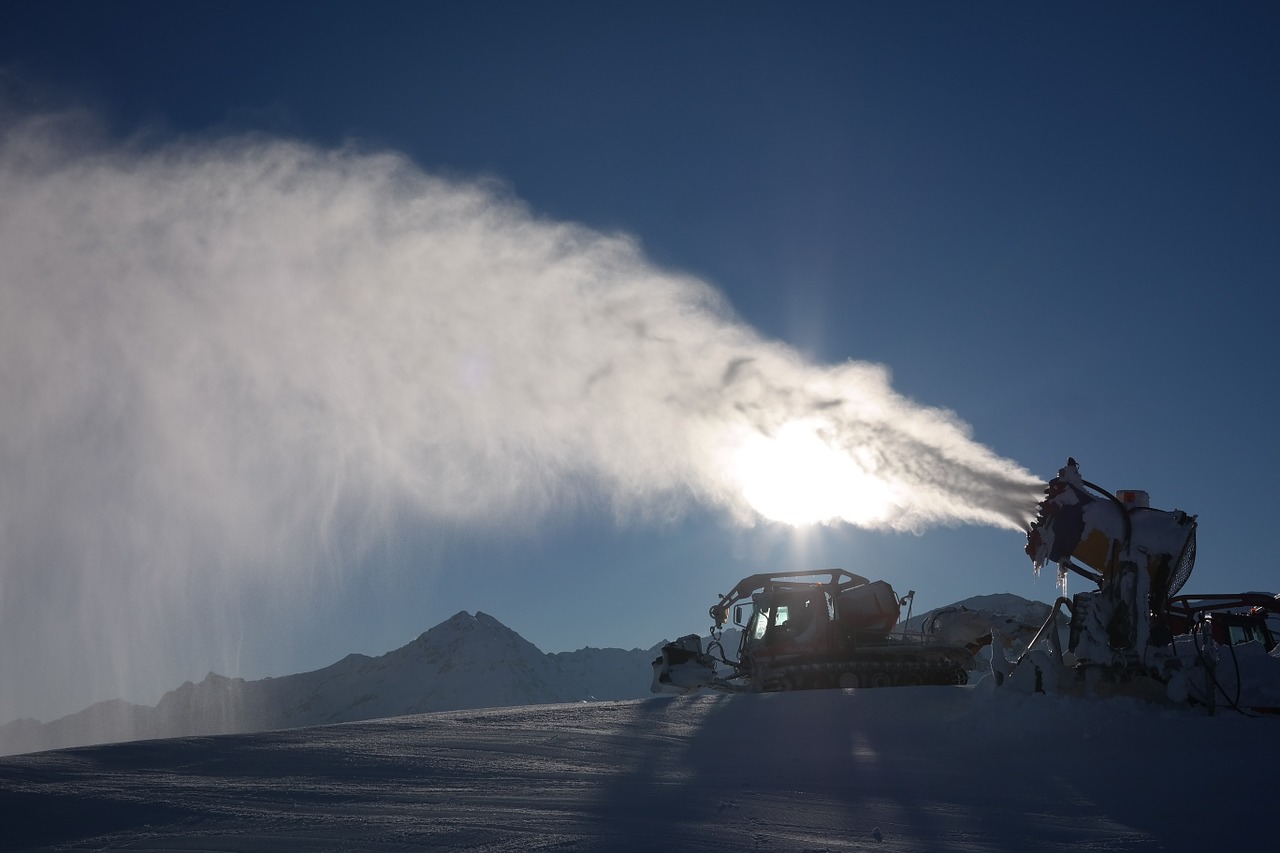
“Artificial snow and ski tourism, in general, can’t really be described as environmentally friendly. The energy and water requirements are substantial. But optimizing existing systems to use fewer resources and reduce the impact on the environment can be seen as an environmentally friendly approach,” says Professor Hinrich Grothe, head of the Physical Chemistry of Aerosol Particles research group at Vienna University of Technology in Austria.
One common solution to reduce resource use is additives that improve freezing behavior in the range of zero to minus eight degrees Celsius. But these are illegal in some countries, including Austria. This means that artificial snow – like natural snow – consists of pure water.
Professor Grothe is looking for methods to optimize the production of artificial snow without additives. In the EarlySnow project, supported by the Austrian Research Promotion Agency (FFG), he is researching the extent to which small adjustments requiring little intervention have an impact on freezing behavior. Here is an interview with Professor Hinrich Grothe and team member Philipp Baloh:
What is the problem with additives in artificial snow?
Whether the currently relevant additives and Snomax® in particular are a problem is more a matter for ecologists and microbiologists and is the subject of controversial debate among these experts. In brief, the starting bacterium for Snomax® is a plant pathogenic germ called Pseudomonas syringae. This bacterium also occurs naturally and is found in almost every water lacquer in varying concentrations. But the germ is basically killed and inactive in the product Snomax®. The question arises as to whether inactive components or fragments can influence the local ecology and humans since they are introduced on a larger scale. (Lagriffoul et. al, 2010. Bacterial-based additives for the production of artificial snow: what are the risks to human health? Sci. Total Environ. 408, 1659-1666). Regardless of the nature of an additive – inorganic, organic or biological – basic research should be done on possible risks and impact on humans and nature since they are applied on a large scale.

The Rotmoosache in Obergurgl is one of the springs used for snowmaking in the Obergurgl ski area. On the left of the picture is a snowmaking pond/water reservoir in which water for snowmaking is stored. Here water and snow samples were taken from tributaries, the main stream and storage pond.
What happens when additives are not used in the production of artificial snow?
Conditions just below zero degrees Celsius make it difficult to make snow. During their short stay in the air, the water droplets lack correspondingly active ice nucleating particles (INPs) to freeze within the flight duration. In the worst case, the drops arrive at the ground supercooled (at temperatures below zero Celsius) and instantly freeze to a sheet of ice.
Also interesting: Alpine Ski World Cup premieres hydrogen-powered snow groomers
If strong INPs are present, the droplet freezes faster. The frozen droplet gives off less moisture and more of the water used reaches the ground than artificial snow. But even without commercial additives, INPs are present in all applied water, the only question is how active they are.
Do certain meteorological conditions create disadvantages?
Artificial snow can be produced without additives, but requires higher energy and water consumption. This is because high humidity and air temperatures close to zero degrees Celsius reduce both the snow yield and the quality of the snow.
What solutions do existing snowmaking systems offer?
Even though we are doing research in this area, it must be said that additives represent only a small percentage of the success in snowmaking systems. The biggest influencing factor is the weather. Temperature and humidity must be low, so timing is important. Ski resorts make snow when the weather permits. This is especially true during the first few weeks of the season when a continuous snowpack needs to be created as a base. Another solution is to fine-tune the physical parameters such as droplet size, the shooting distance and time required for the process. These are aspects that are optimized by snow gun manufacturers, among others.
There are also snowmaking systems that can artificially produce snow without additives even in unfavorable conditions – with the help of supersonic expansion. But this requires more energy.
Two types of snowmaking systems were used in the EarlySnow project: the artificial snow cloud (by Michael Bacher) and the Snowy (by Frank Wille). In the artificial snow cloud, powder snow is produced in very high quality but low quantity. The Snowy, on the other hand, can generate snow even above zero degrees because the low temperatures for freezing are created by rapid expansion once outside the ultrasonic nozzle.
Which snowmaking systems did you work with in the Early Snow project?
During our work in the Obergurgl-Hochgurgl ski area, we also discovered that different solutions are required for various types of snow. The artificial snow from conventional snow guns consists of granular ice particles that have little in common with natural snow. However, it is stable and easy to work with when making slopes, even if skiers find it less pleasant to ski on. Natural snow and the snow created from the artificial snow cloud is inherently airy and conveys a softer skiing sensation. This makes it very suitable for the top centimeters of the slope surface. So there is definitely a need for both snowmaking systems.
What is the solution approach in the Early Snow project?
Since even pure water always contains enough natural substances to be considered ice germs, an attempt was made to collect and identify such substances in the waters of the Obergurgl-Hochgurgl ski area. It was shown that, depending on the season, very different ice germs occur in the flowing waters and retention basins. We researched whether these different waters can improve the snow yield of traditional snowmaking systems.

Photo: Over a period of about a year, a total of 60 such water samples were drawn and analyzed. Where possible, the samples were taken at the same locations using GPS to ensure comparability.
How could a practical application be carried out?
We unfortunately cannot yet derive a direct application from this latest research. The number of active ice germs in the water sources is highest in spring/early summer, an unfavorable time for snowmaking. The choice of source had no influence in the studied ski area (Baloh et al 2021, Baloh et al 2019). But from a research perspective, the results are a starting point for focused investigation of the nature of ice germs present at the site, so we are looking at the basic properties of biological ice germs and what makes an ice germ efficient (Pummer et al. 2015, Felgitsch et al. 2018, Seifried et al. 2020).
Also of interest: Skis and other means of snow mobility – four new technologies
Original publication
Baloh, P., Hanlon, R., Anderson, C., Dolan, E., Pacholik, G., Stinglmayr, D., … & Grothe, H. (2021). Seasonal ice nucleation activity of water samples from alpine rivers and lakes in Obergurgl, Austria. Science of the Total Environment, 800, 149442.

